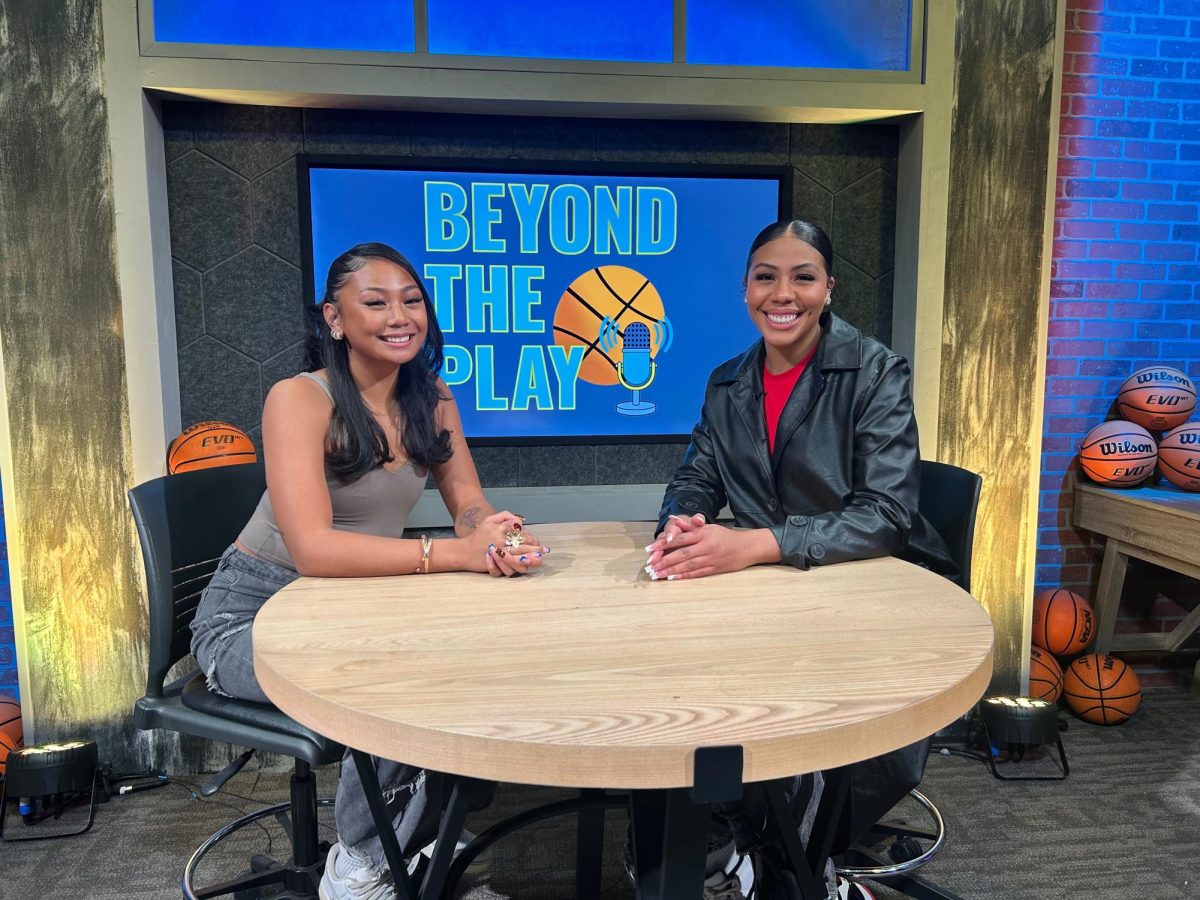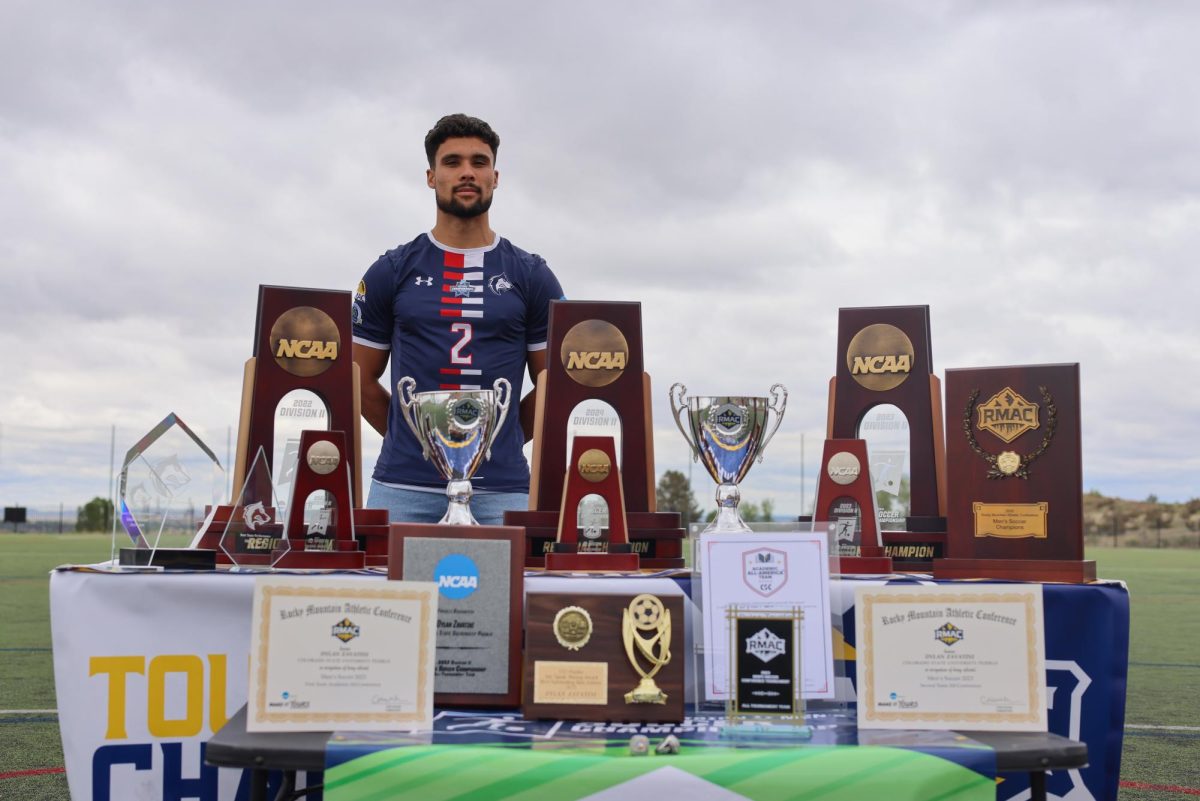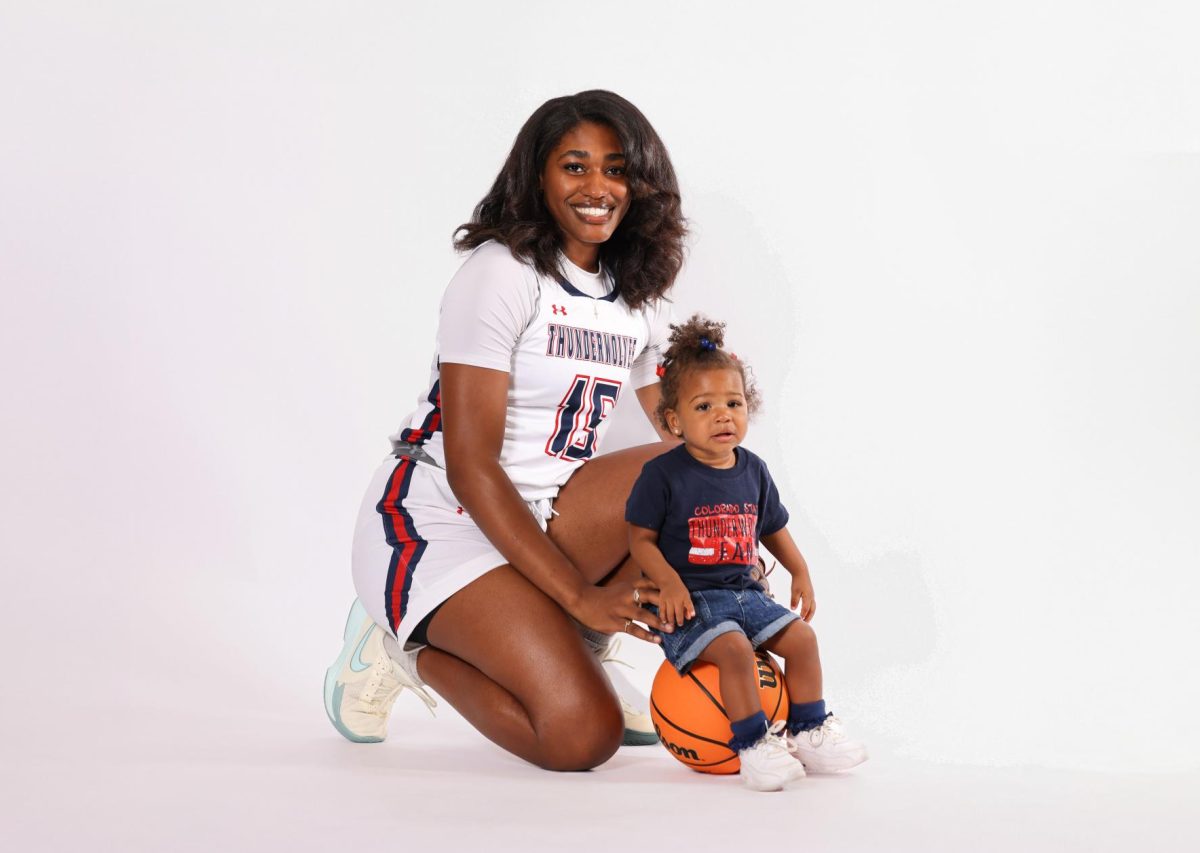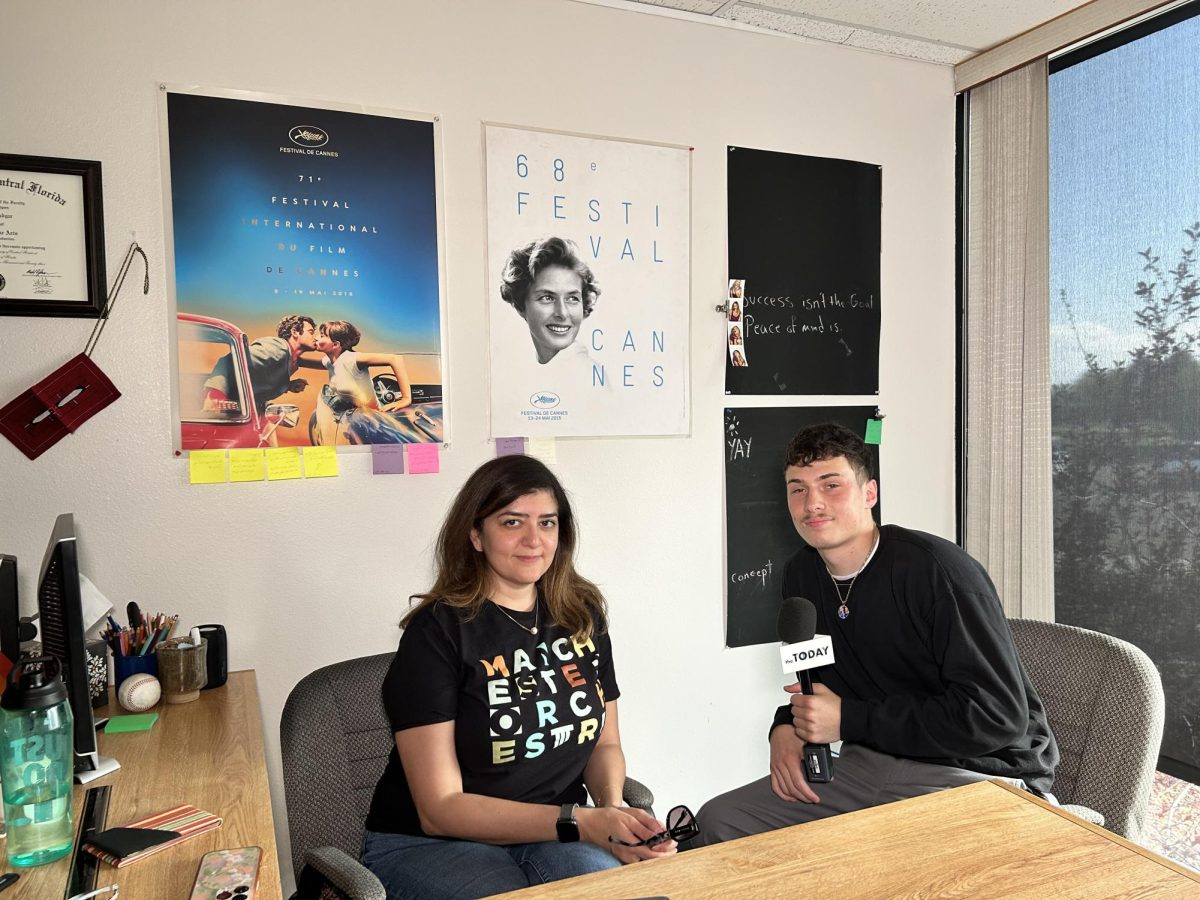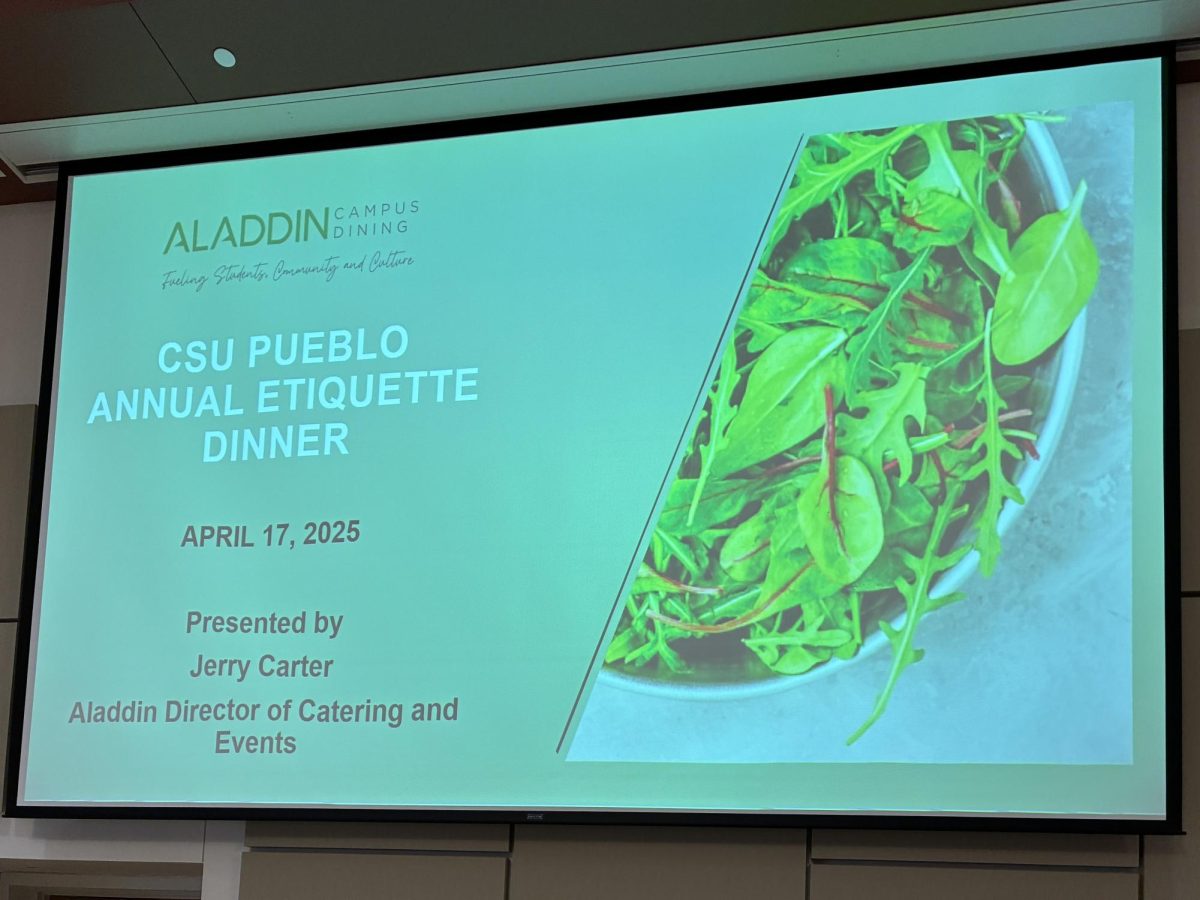
Ray Kurzweil, Director of Engineering at Google, gave a lecture at Hoag Hall as part of the Distinguished Speaker Series on Jan 23. at Colorado State University- Pueblo.
“How Technology Will Transform Us”, the keynote presented by Kurzweil, featured several different graphs defending his predictions from the early 1980s that said technology growth was exponential.
He explained that his critics believe growth is linear, or expands at the same rate whereas his predictions say growth is rapid and multiplying.
“We live in a linear world,” Kurzweil said.
He told the filled auditorium that it would seem linear growth would make sense, but his graphs and predictions have continuously proved otherwise.
“A dozen years ago we didn’t use search engines, that sounds primitive,” he said.
Kurzweil believes that in 25 years, computers will be the size of a blood cell, something people can hardly imagine today, but because of how fast the technology is developing, it’s a real possibility.
The lecture coincided with the Space Exploration Seminar where students learned about the integration of robotics in education and the future of space technology. The Space Foundation presented breakout sessions for science, technology, engineering and mathematics majors.

Featured sessions in the Space Exploration Seminar included Classroom Strategies Nanotechnology, General Engineering/ Science Robots: Past, Present, and Future, Classroom Integration: Robots: Past, Present and Future as well as General Science Nanotechnology: It’s Bigger Than You Think.
Much of what the Space Foundation featured in their sessions concurred with Kurzweil’s idea that the rapid growth of technology will change human life including the different processes that allow engineers to develop even smaller and better products.
Kurzweil challenged the audience by asking, “what if the cerebral cortex were expanded?” and concluded that is where he believes humans are headed.
“We’ll go beyond the 300 million pattern recognizers we already have,” Kurzweil said, also explaining to the audience that the brain was built to recognize patterns.
During the breakout sessions, Amy Robinson, Space Education Specialist, showed videos to students introducing technology used by the military, doctors and even car manufacturers that make life easier, including artificial hands controlled by the brain and nano quadrotors that may soon be used in the military.
Trever Hess, industrial engineering, said that the sessions provided him with insight for his major because nanotechnology was “all about making things more efficient” and remembering to keep everything basic.

The whole goal of the seminar was to enlighten students about the correlation between technology and education. Bryan DeBates, Director of Education at the Space Foundation, said it would help teachers bring technology into the classroom.
“(Technology) will better prepare students for the workforce,” DeBates said.
Prior to the lecture, STEM students gathered with professors, members of the Space Foundation and Kurzweil for dinner where Kurzweil shared his philosophy that “learning is doing.”
He told the audience he knew he wanted to be an inventor from a young age and all of the projects he would bring home to work on he knew he could complete because all he had to do was “figure out how to do them in the right way.”
“One project just led to another and I’m still doing that- one project just leads to another,” Kurzweil said.
He opened his lecture by saying his goal is to impact 1 billion people in 10 years and that even teenagers are changing lives with technology.
“Some kid just wanted to meet girls, so he created Facebook,” Kurzweil said.
He also talked a lot about technology in the developing world, technology that would provide clean drinking water and help prevent disease.
Kurzweil told the audience he enjoys giving lectures to universities and the education community because of his family ties.
He said his family has deep roots in education, specifically women’s education. His great, great grandmother started the first postsecondary school for women in Europe and his great grandmother was the first woman to receive her Ph.D. in Europe.
Kurzweil was the principal inventor of the first charge-coupled device flat-bed scanner, the first omni-font optical character recognition system, the first print-to-speech reading machine for the blind, the first text-to-speech synthesizer, the first commercially marketed large-vocabulary speech recognition system and the first music synthesizer capable of recreating the grand piano and other orchestra instruments, according to his website biography.
The Wall Street Journal has described Kurzweil as “the restless genius” and Forbes Magazine has called him the “ultimate thinking machine.”
His latest book, “How to Create a Mind: The Secret of Human Thought Revealed”, was released in November and is his second to become a New York Times Best Seller.




